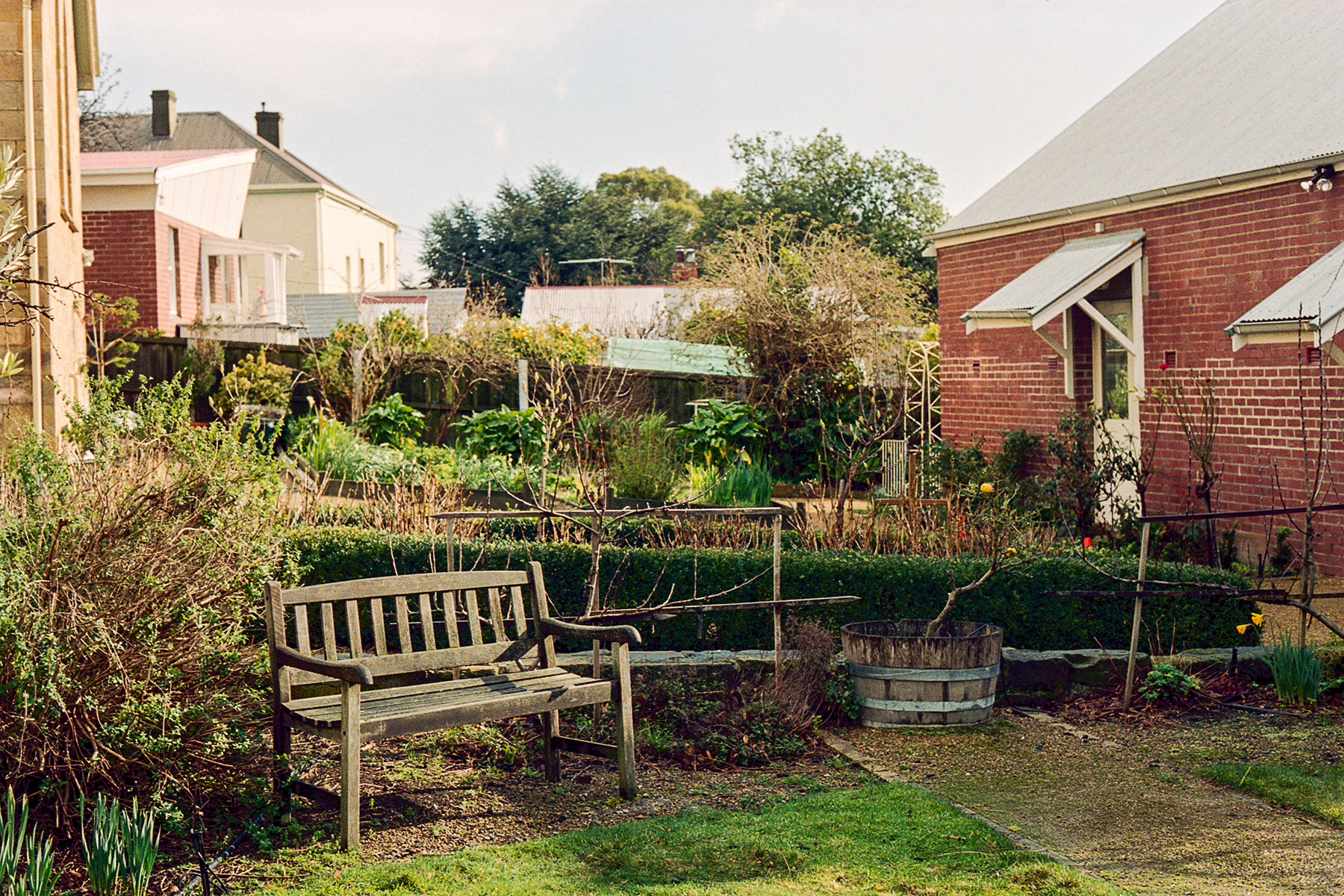

- Konica autoreflex a aperture 3.5 manual#
- Konica autoreflex a aperture 3.5 iso#
- Konica autoreflex a aperture 3.5 plus#
- Konica autoreflex a aperture 3.5 series#
The two-blank shots requirement to bring the unexposed film to frame 1 applies equally, so is the use of the film rewind release button and the film rewind crank for rewinding the exposed film back into the film canister. The film is pulled across the film back opening and the tab end slotted into one of the inner slots of the take-up spool for winding with the emulsion side up, tensioned properly, and the sprocket gear aligned with the film edge perforations before the film back is closed From the left, the film canister chamber, followed by the shutter window, forward sprocket gear, and a multi-slot take-up spool.įilm loading, rewind, and unloading are the normal procedures as done on most other SLR film cameras.
Konica autoreflex a aperture 3.5 manual#
The film box, aside from the film canister hold design more often seen on autofocus compact cameras, is the standard layout configuration as normally seen on most other manual SLR film cameras. This action will also pull the extended film forward lever back to its rest position. Exposure reading is turned on when the film forward lever is 'pulled' slightly away from the body, and turned off by a switch located by the thumb rest area on the back of the camera's top plane.
Konica autoreflex a aperture 3.5 iso#
Metering is TTL (Through-the-Lens) averaging with a coupling range from EV 4.5 (1/8 second at F1.7) to EV 18 (1/l000 second at F16) with ISO 100 / F1.7 lens, and from EV 3.5 (1/8 second at F1.2) to EV 18 with F1.2 lens. The camera has a built-in variable delay self-timer with a range from approximately 4 to 10 seconds.Įnjoy the videos and music you love, upload original content, and share it all with friends, family, and the world on YouTube.
Konica autoreflex a aperture 3.5 plus#
Operationally, the Autoreflex TC is fitted with a metallic vertical-travel Copal Square shutter with a speed range from 1/8 second to 1/1000 second, plus B, with flash sync at all speeds up to 1/125 second, and accepts film speed range from ISO ASA 25 to ISO-1600. The Autoreflex TC was also sold in Japan as the Acom-1.
Konica autoreflex a aperture 3.5 series#
There was no low-cost or consumer line: All Konica lenses have good quality and got a good reputation: this includes the mechanics and less variation between samples.Konica began with the production of the series with the Auto-Reflex, the first focal-plane-shutter auto-exposure 35mm SLR camera, in 1965 and continued with the production and development of the series with the Autoreflex T (1968-1970), Autoreflex A (1968-1971), Autoreflex T2 (1970-1973). Konica offered lenses with focus from 15 mm up to 2,000 mm they were named Hexanon. The receiver is attached by the tripod socket. Konica Radio Controller Set: This accessory came with an receiver and remote that can be distanced away from the receiver up to 230 feet (70 m) away. Its preselectable apertures are identical to the X-24 Furthermore a big and powerful, handle-mounted system electronic strobe with a guide number of 36 (metric) / 120 (feet) at ISO 100/21° was offered: the X-36 Auto. And with this flash the shutter speed is 1/100 s. The apertures 5.6 or 11 are selectable with a switch at the X-24. As the name of this flash indicates it has a guide number of 24. The Konica flash X-24 was available as for the FS-1 and its successor Konica FT-1. The weight of this pancake lens, which has six lenses, is 140 g only. This model was commonly paired with a Konica 40mm Hexanon AR F1.8 lens. Lenses are fixed with the Konica AR-bayonet. It is possible to use a separate winder, the "Auto Winder F". The film loading system of the FC-1 is noteworthy: The camera takes the film tip automatically and there is no need to fire the shutter until the first frame is reached.

The camera has accessory terminal (use only for dedicated Konica accessories). The self-timer with LED electronically works, too its delay is round about 10 s.

The range of shutterspeeds starts at 1/1000 s and ends at 2s. Shutter and mirror of the FC-1 are electronically controlled. The shutter is a vertical metal focal plane shutter, like in the Konica F, the first Single-lens reflex camera by Konica in 1960. Like the FS-1 the FC-1 is a camera with shutter priority and so it has a aperture LED finder display. With top covers made from black plastic cast Konica had good experiences since the Autoreflex TC in the mid of the 70s. Both models were only available in a black finish. The Konica FC-1 was introduced in 1980 by Konica, one year after the FS-1, but does not have the integrated winder. The FS-1 (basis for the FC-1, 1979 presented)


 0 kommentar(er)
0 kommentar(er)
